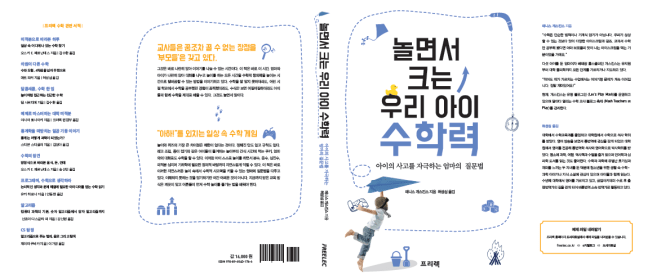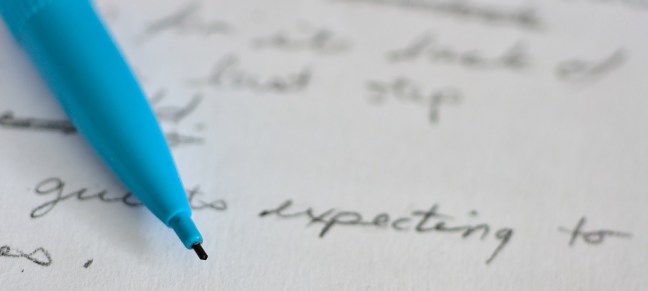The posts on my Let’s Play Math blog are, for the most part, first-draft material. Of course, I’ve proofread each post — many times! because I’m a perfectionist that way, and yet I still miss typos  — but these articles haven’t gotten the sort of feedback that polishes a book manuscript.
— but these articles haven’t gotten the sort of feedback that polishes a book manuscript.
Well, now I’m taking some of the best of my old blog posts, expanding them with a few new games or activities, and giving them that book-quality polish. Let me introduce my newest series, the Playful Math Singles.
Under Construction …

The Playful Math Singles from Tabletop Academy Press will be short, topical books featuring clear explanations and ready-to-play activities.
I’m hoping to finish up two or three of these this year. Watch for them at your favorite online bookstore.
The first one is done …
Word Problems from Literature: An Introduction to Bar Model Diagrams
 You can help prevent math anxiety by giving your children the mental tools they need to conquer the toughest story problems.
You can help prevent math anxiety by giving your children the mental tools they need to conquer the toughest story problems.
Young children expect to look at a word problem and instantly see the answer. But as they get older, their textbook math problems also grow in difficulty, so this solution-by-intuitive-leap becomes impossible.
Too often the frustrated child concludes, “I’m just not good at math.”
But with guided practice, any student can learn to master word problems.
Word Problems from Literature features math puzzles for elementary and middle school students from classic books such as Mr. Popper’s Penguins and The Hobbit.
 For each puzzle, I demonstrate step by step how to use the problem-solving tool of bar model diagrams, a type of pictorial algebra. For children who are used to playing with Legos or other blocks — or with computer games like Minecraft — this approach reveals the underlying structure of a math word problem. Students can make sense of how each quantity in the story relates to the others and see a path to the solution.
For each puzzle, I demonstrate step by step how to use the problem-solving tool of bar model diagrams, a type of pictorial algebra. For children who are used to playing with Legos or other blocks — or with computer games like Minecraft — this approach reveals the underlying structure of a math word problem. Students can make sense of how each quantity in the story relates to the others and see a path to the solution.
And when you finish the puzzles in this book, I’ll show you how to create your own word problems from literature, based in your children’s favorite story worlds.
Free Online Preview
Buy now at your favorite online bookstore.
If you’re using these word problems with your children, consider buying them the paperback companion Word Problems from Literature Student Workbook.
… and People Like It!
A screen shot from this past weekend:

“I found this method really clarified for me what was going on visually and conceptually. Particularly when it came to more complex questions, for which I would normally write out an equation, I felt that thinking about what was going on with the bars actually made more sense … This is a wonderful book for those who want to support their children in finding better ways to work on word problems.”
—Miranda Jubb, Amazon customer reviewer









 You can help prevent math anxiety by giving your children the mental tools they need to conquer the toughest story problems.
You can help prevent math anxiety by giving your children the mental tools they need to conquer the toughest story problems. For each puzzle, I demonstrate step by step how to use the problem-solving tool of bar model diagrams, a type of pictorial algebra. For children who are used to playing with Legos or other blocks — or with computer games like Minecraft — this approach reveals the underlying structure of a math word problem. Students can make sense of how each quantity in the story relates to the others and see a path to the solution.
For each puzzle, I demonstrate step by step how to use the problem-solving tool of bar model diagrams, a type of pictorial algebra. For children who are used to playing with Legos or other blocks — or with computer games like Minecraft — this approach reveals the underlying structure of a math word problem. Students can make sense of how each quantity in the story relates to the others and see a path to the solution.
